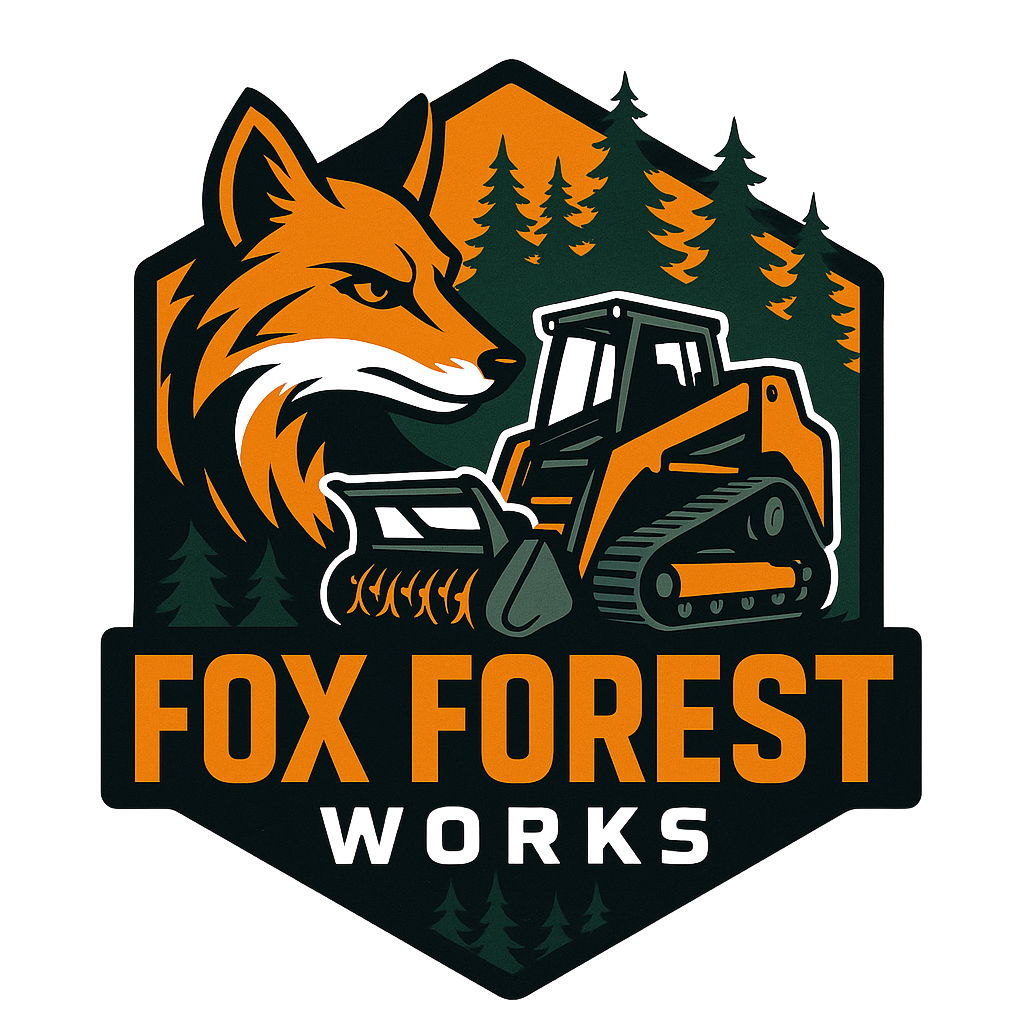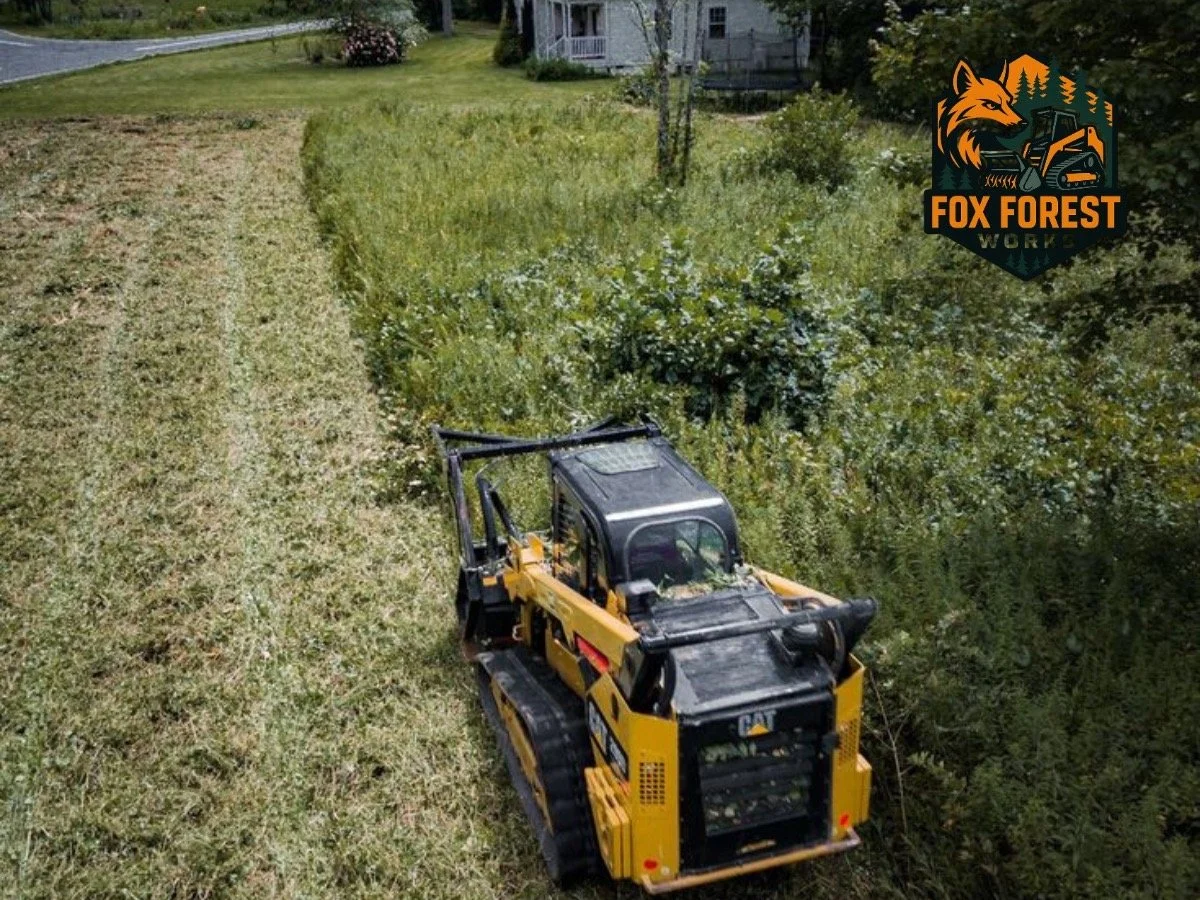Waukesha’s
Highest-rated
LAND CLEARING
Business
Serious equipment, serious results
Overgrowth in Southeast Wisconsin is no match. We restore lost land, clear steep hills, trim fence lines, and remove invasive brush quickly. Serving Greater Waukesha with professional machines made for hard work.
We remove buckthorn, clear residential lots and land, and clean overgrown horse pastures with speed and efficiency.
Call or text now for a free quote: 262-370-8225
What OUR CLIENTS SAY:
“Jeff and team cleared brush/buckthorn at our Waukesha property. They were very professional, fast, and the finished product was just what we needed. Highly recommend Fox Forest Works!”
— Scot, June 2025
“Fox Forest Works helped clear out an overgrown horse pasture we had in Mukwonago. I called a number of different tree and landscaping services and Fox was the most affordable AND the fastest, so it was an easy choice for us.”
— Lisa, August 2025
“I run a development company and we use Fox Forest Works for every land clearing job we need. They are super easy to work with and very communicative”
— David, Ongoing client
MEET our mACHINE
RECLAIM YOUR LAND
✦
RECLAIM YOUR LAND ✦
READY FOR A FREE QUOTE? let’s chat.
FAQs
-
Forestry mulching is a land-clearing method that uses a specialized machine to grind brush, trees, and invasive plants into mulch right where they stand. Unlike traditional clearing, there’s no burning, hauling, or heavy soil disturbance — the material is recycled into the ground as natural mulch.
-
Forestry mulching is ideal for homeowners, farmers, and landowners with overgrown fence lines, invasive buckthorn, wooded lots, hunting land, and trails. It’s also perfect for preparing land for building projects or simply reclaiming space lost to brush.
-
On average, a high-flow skid steer with a mulching head can clear ½ to 2 acres per day, depending on the density of the vegetation. Thicker buckthorn or hardwood stands take longer than light brush or scattered saplings.
-
After forestry mulching, the best next step depends on your long-term goals for the property. The mulch layer will naturally decompose, enriching your soil and helping to suppress regrowth. For most clients, we recommend:
Leave the mulch in place for erosion control and weed suppression.
Monitor regrowth — some invasive plants like buckthorn may sprout back and need follow-up maintenance.
Seed or plant grass/ground cover if you want to establish a maintained look or reduce regrowth.
For trails, pastures, or build sites, you may choose light grading or seeding to smooth the area.
We’ll always walk you through aftercare options based on your property’s unique needs.
-
Forestry mulching can be done year-round, but late fall through early spring is often the most effective. Cooler months help reduce regrowth of invasive plants, and frozen ground can make access easier without damaging turf.
-
The mulch is left on the ground as a natural layer that prevents erosion, suppresses weeds, and feeds the soil as it breaks down. Many landowners choose to leave it in place, though it can be lightly spread or seeded over for a cleaner look.




